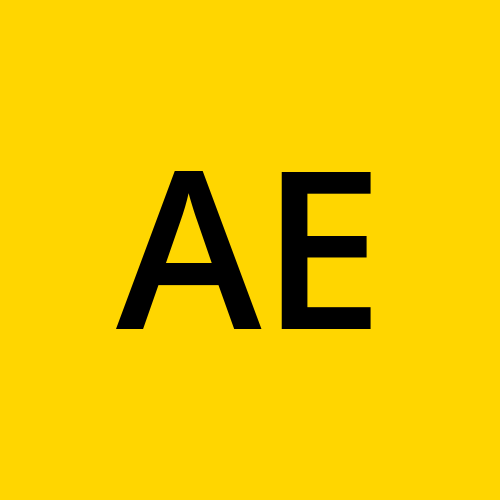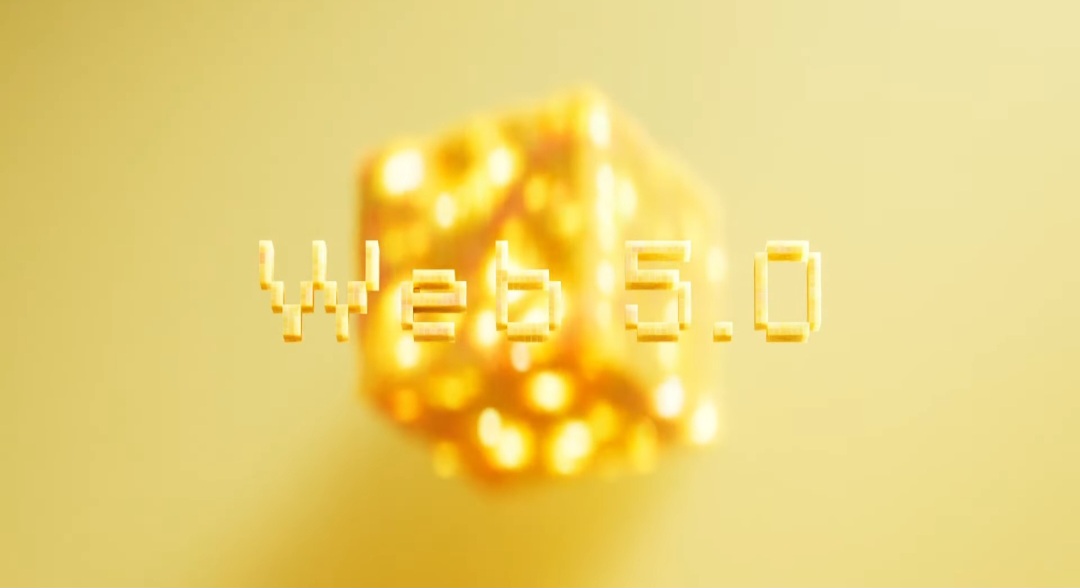Ever heard of Web5? Delve in, let's figure it out together.
 Adaeze Iweadinobi
Adaeze Iweadinobi 
You have probably heard of web2, web3 and now web5. Well, there already is a Web4, bet you didn't know that. I will be focusing on web5 in this article but to better understand what web5 offers, I'll walk you through the other web versions.
Web2 Technology
Web2 which could be referred to as the "read and write" version of the internet as we know it today is a centralized, increased interactions and user generated information of Web technology which is currently in use. Thanks to web2, we can generate content like this article, make verbal/written contributions to what we view online, just generally putting yourself out there for the world to see. You generate an actual digital footprint.
Web3 Technology
This version has already been adopted by several platforms, though not so popular but are really out there. It's core foundation is the Blockchain aimed at promoting p2p transactions, increased user data control as well as new models of governance digitally.
Web4 Technology
However, lacking of a formal definition I think of it as a broader reiteration of Web3. It does however involve more collaboration and is heavily inclusive of AI technology. Like in this article by Lizard Global;
"The goal of Web4 is to provide a more autonomous and decentralized online that facilitates more direct communication between people and their devices without the need for "middlemen". "
Web5 Technology
And now to the star of this article, Web5. This technology also focuses on the decentralization of the web, with even greater interest in leaving the handling of your data strictly up to the user. No more would corporations have unauthorized access to your information. You might wonder, how is this any different from what the former 2 Web versions aim to implement? Web5 is different in it's goal and emphasis on reclaiming user control, and removal of censorships and bottlenecks, no longer will you fear sanctions for calling out either the government or an organization. Think of it as the "Free Web" in the true sense of freedom.
Web5 has about 5 components which you could refer to as the buttress points on which it functions. I will be highlighting the key three (3) of these buttress points, all of which meet W3C standards and discussing them in detail.
Decentralized Web Nodes (DWN) - Here users get to host their data themselves on their own computers, which they can in turn replicate across each of their devices if they so choose without any external Interference. This means you have full responsibility for what and where your data is stored. You have your own data store all linked to your DID and you also get to encrypt it without any hassle. To better understand this read up on the Bluesky application which already implements this.
Decentralized Identifiers (DID) - This is the only part that interacts directly with the blockchain through ION which is a replacement for DNS (Domain Name System ) this aims to help link information to users, making them solely responsible for its usage, storage and accessibility. This means that you can selectively and willingly sell your user data for profit and have a share of the "Big Data" cake, or use it for anything you desire, you would be absolutely in charge.
Verifiable Credentials (VC) - These ensure the possibility of trustless interactions. These mostly contains the information to be verified, like the ones on your licenses, passports etc. They are the physical credentials that enable the work ability of DID
You should also know that web5 takes advantage of Self-Sovereign Identity Service (SSIS), and Self-Sovereign Identity SDK (SSI SDK) which gives it an edge over the former still developing Web generations. So, you could say in essence that web5 leverages all the goodness of web2 and web3 put together, and like in Mathematics, the addiction of these would result in a number 5 (web5).
I'll summarise the progress of these Web generations with a story.
James keeps money with his bank, Polka, from which he transfers frequently to his family using the banking app (Web2). However, after losing a significant amount of money to hackers, he developed a fear of banks and now keeps his money in a digital wallet (Web3) from which he feels more secure sending and receiving funds without any platform having access to his data or credentials. Then comes the possibility of turning his financial assets into tokens, an opportunity to build and have his own personal brand (Web4) making it possible for his clients to easily transact with him. In all of these, less and less people have been interacting with his data, still leaving him at the mercy of a few individuals, but now on (Web5) he gets to host his entire user data and information on his own personal devices with near non-existent chance of it being hijacked, monitored or abused.
Open your mind to the potentials of Web5 as it has so much to offer you in the coming times.
REFERENCES
1) https://developer.tbd.website/blog/what-is-web5/
2) https://pixelplex.io/blog/web5-explained/
3) https://www.lizard.global/blog/what-is-web4-explained
Subscribe to my newsletter
Read articles from Adaeze Iweadinobi directly inside your inbox. Subscribe to the newsletter, and don't miss out.
Written by

Adaeze Iweadinobi
Adaeze Iweadinobi
Delving into Cybersecurity and betting on it with all I presently have.